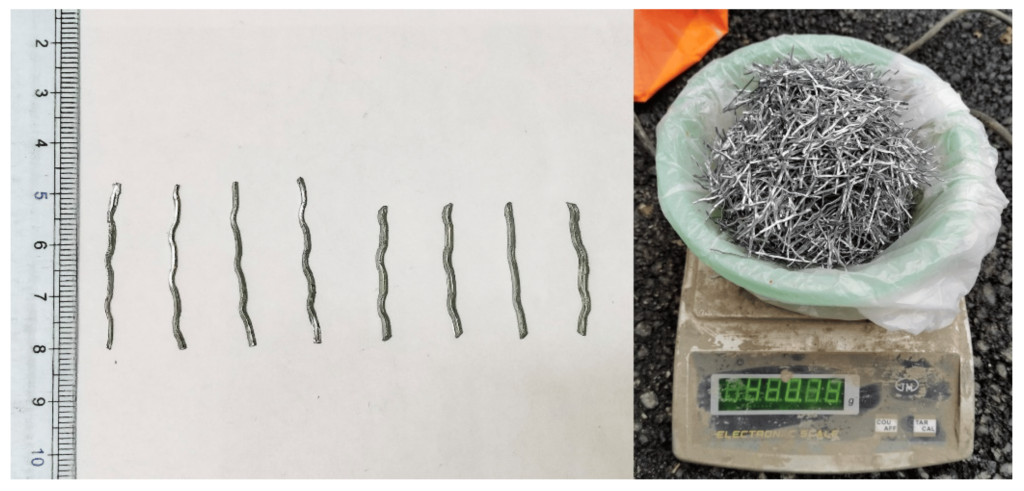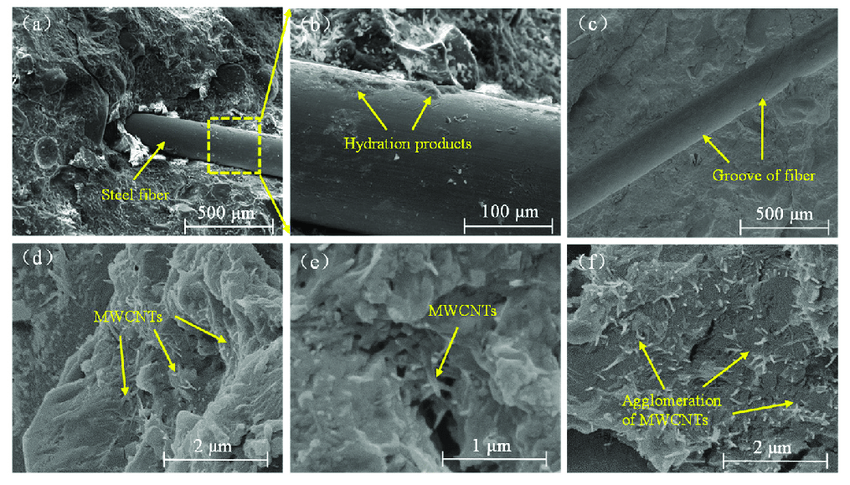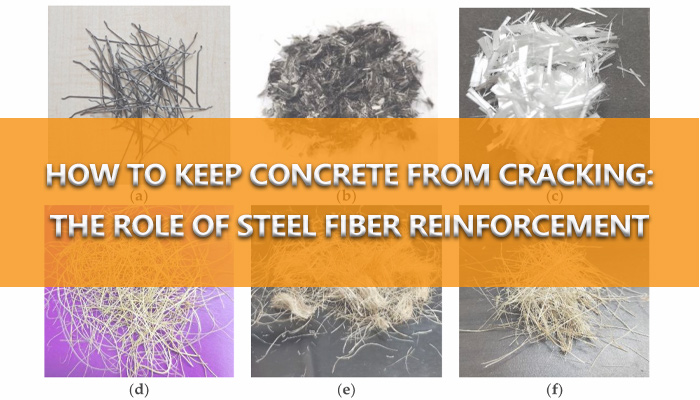Cracks in concrete can lead to structural issues, affecting the longevity and safety of a structure. Steel fiber reinforcement is a vital solution to address this concern. In this article, we’ll explore how to keep concrete from cracking by utilizing steel fiber reinforcement.
The Role of Steel Fiber Reinforcement
Concrete cracks often occur due to various factors, including shrinkage, temperature fluctuations, and heavy loads. How to keep concrete from cracking?
Steel fiber reinforcement is a proven method to enhance the performance of concrete structures and minimize the risk of cracking.
Understanding Steel Fiber Reinforcement
Steel fibers, typically made of stainless steel or carbon steel, are added to the concrete mixture. These fibers create a network within the concrete.
Providing improved tensile strength and ductility. This added reinforcement minimizes the width and extent of cracks that may occur.

Benefits of Steel Fiber Reinforcement
- Enhanced Durability: Steel fibers effectively reduce the impact of shrinkage and cracking, increasing the lifespan of concrete structures.
- Improved Load-Bearing Capacity: The added tensile strength allows concrete to bear heavy loads without developing significant cracks.
- Reduced Maintenance Costs: With fewer cracks, maintenance and repair costs are significantly reduced over time.
Incorporating Steel Fiber Reinforcement
The incorporation of steel fibers into concrete is a straightforward process. During the mixing phase, the fibers are evenly distributed to ensure an effective reinforcement network. This procedure is essential for enhancing concrete’s ability to withstand stress.
Real-World Applications
One notable application of steel fiber reinforcement is in industrial flooring. Warehouses and factories require durable flooring to withstand the constant traffic of heavy machinery and loads. Steel fiber-reinforced concrete floors provide the necessary strength and longevity.
In the construction of bridges and highways, it is employed to ensure the longevity and safety of these vital structures. The ability to endure harsh weather conditions and heavy traffic is paramount, and steel fibers contribute to this durability.
Preventing Cracks in Residential Buildings
This product is not limited to large-scale projects. In residential construction, it can be used in foundations and driveways to prevent unsightly cracks and ensure the structural integrity of homes.

Key Considerations for Optimal Results
- Proper Mix Design: Achieving the right balance of concrete and steel fibers is crucial. Consult with experts to determine the ideal mix for your specific project.
- Professional Installation: Proper installation ensures that steel fibers are evenly distributed, maximizing their effectiveness.
- Curing and Maintenance: After installation, curing, and regular maintenance are essential to ensure long-term crack prevention.
Conclusion
In conclusion, preventing concrete from cracking is essential for the structural integrity and longevity of construction projects. This product plays a pivotal role in achieving this goal.
Whether in industrial, commercial, or residential applications, the incorporation of steel fibers enhances the strength and durability of concrete. By understanding the benefits and key considerations, builders can ensure their projects stand the test of time.
Steel fiber reinforcement is the answer to the age-old problem of concrete cracking. So, when planning your next construction project, consider the invaluable role that steel fibers can play in preserving the integrity of your concrete structures. Preventing cracks is not just a matter of quality; it’s an investment in the future.
